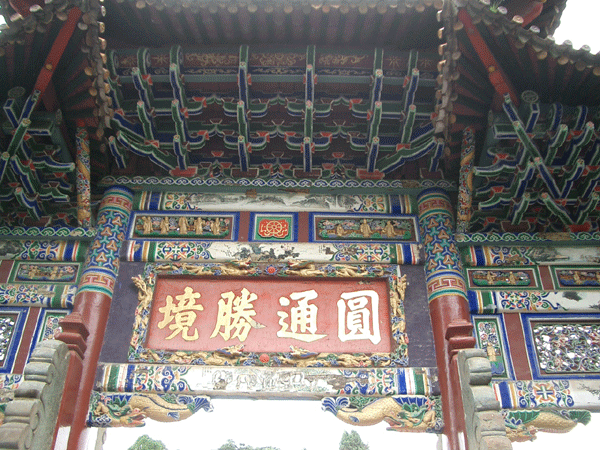
|
|
 |
||
| The Golden Temple was built in the
Qing Dynasty (Kangxi era) to honour the God of the North (Bei Di).
Wu Sangui, the Pingxi King, was responsible for its construction.
Inside the temple is a golden statue of the God of the North with a face
of himself!
Wu Sangui was a general of the Ming Dynasty. While he was supposed to be defending China against the invasion of the Manchus, he betrayed his country. He opened a gate of the Great Wall of China for Manchu soldiers. The Manchus marched into Beijing and this marked the beginning of the end of Ming China. His contribution to the establishment of Manchu China (Qing) earned him important power: he bacame the Pingxi King, king of Yunnan. Instead of staying loyal to the new Emperor of China (Kangxi), he revolted and attempted to take over all of China. His revolt was not successful. He was probably the most ambitious and opportunistic ruler the China has seen. |
||
|
Wu Sangui
|
|
Tea originated from China. It was discovered over 3000 years ago.
Tea columns and discs were carried on horsebacks along the Tea Route. |
||